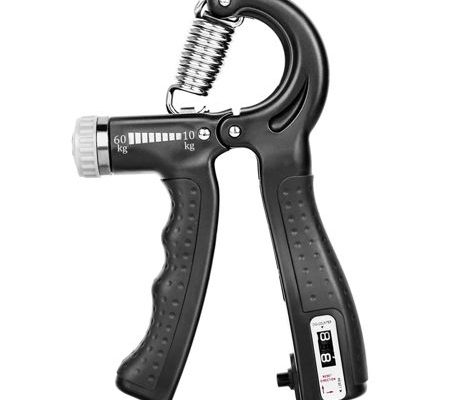Product Review: Nikon Z8 – The Hybrid Powerhouse

Introduction
Nikon has made a bold statement in the professional camera market with the release of the Nikon Z8, a high-end mirrorless camera that aims to bridge the gap between high-resolution stills and professional-grade video capabilities. Launched in the spring of 2025, the Z8 represents Nikon’s most advanced hybrid shooter to date, designed to meet the demands of both photographers and videographers who refuse to compromise on quality. In this review, we’ll explore how the Z8 stands up to the competition and whether it lives up to the hype.
Design and Build Quality
The Nikon Z8 strikes an impressive balance between robustness and portability. While slightly larger than some of its mirrorless competitors, it’s noticeably more compact than Nikon’s flagship DSLRs. The body is constructed from magnesium alloy, providing durability without excessive weight. Nikon has further improved the weather-sealing, making the Z8 capable of withstanding harsh environmental conditions. The grip has been redesigned to accommodate larger lenses comfortably, addressing a common criticism of earlier Z-series models.
Sensor and Image Quality
At the heart of the Z8 is a newly developed 61-megapixel full-frame BSI CMOS sensor, paired with the latest EXPEED 8 image processor. This combination delivers exceptional image quality with outstanding detail, dynamic range, and color accuracy. The native ISO range of 64-25,600 (expandable to 32-102,400) provides excellent low-light performance, with impressively low noise levels even at higher sensitivities. The Z8 also introduces a new Pixel Shift mode, allowing for 240-megapixel images when shooting static subjects on a tripod.
Autofocus and Performance
Nikon has significantly enhanced the autofocus capabilities of the Z8. The camera features a hybrid AF system with 693 phase-detection points covering 94% of the frame. The new AI-powered subject detection can recognize and track humans, animals, birds, and vehicles with remarkable accuracy, even in challenging lighting conditions. The Z8 can shoot up to 20 fps with full AF/AE tracking using the electronic shutter, or 14 fps with the mechanical shutter, making it highly capable for sports and wildlife photography.
Video Capabilities
The Z8 takes a significant leap forward in video capabilities, offering 8K video recording at up to 30fps and 4K at up to 120fps. Both formats support 10-bit 4:2:2 color internally, with the option for 12-bit RAW output over HDMI. Nikon has introduced a new N-Log 3 profile, providing up to 14 stops of dynamic range for greater flexibility in color grading. The addition of internal ProRes 422 HQ recording and improved heat dissipation allows for extended recording times without the need for external recorders.
In-Body Image Stabilization
The Z8 features an advanced in-body image stabilization (IBIS) system that provides up to 7 stops of shake correction with compatible lenses. This system works in tandem with Nikon’s electronic VR for even more stable video footage. The IBIS system also enables the aforementioned Pixel Shift mode for ultra-high-resolution images.
Storage and Connectivity
Nikon has equipped the Z8 with dual memory card slots: one CFexpress Type B and one UHS-II SD slot, catering to professionals who require fast write speeds and backup options. The camera features built-in Wi-Fi 6E and Bluetooth 5.2 for fast and reliable wireless connectivity. A new feature is the ability to transfer images and videos directly to cloud storage services, streamlining workflow for busy professionals.
EVF and LCD
The Z8 boasts a high-resolution 5.76 million-dot OLED electronic viewfinder with 0.8x magnification, providing a large, clear, and responsive viewing experience. The rear LCD is a 3.2-inch tilting touchscreen with 2.1 million dots, offering good visibility even in bright sunlight. The addition of a top-panel LCD provides quick access to key settings without the need to use the main screen.
Battery Life and Power Options
Nikon has addressed concerns about mirrorless camera battery life with the Z8. Using the new EN-EL18d battery, the camera is capable of capturing up to 600 shots per charge when using the EVF (up to 800 with the LCD). The camera can also be powered and charged via USB-C, and is compatible with a new vertical grip that doubles the battery capacity.
Conclusion
The Nikon Z8 represents a significant milestone in Nikon’s mirrorless journey. It successfully combines high-resolution stills capabilities with professional-grade video features, making it a true hybrid powerhouse. While the camera’s size and price point may not appeal to everyone, it offers a compelling package for professionals and serious enthusiasts who demand the best in image quality and versatility. The improvements in autofocus, video capabilities, and overall performance demonstrate Nikon’s commitment to meeting the evolving needs of content creators. The Z8 is not just a camera; it’s a statement that Nikon is determined to be at the forefront of imaging technology in 2025 and beyond.




